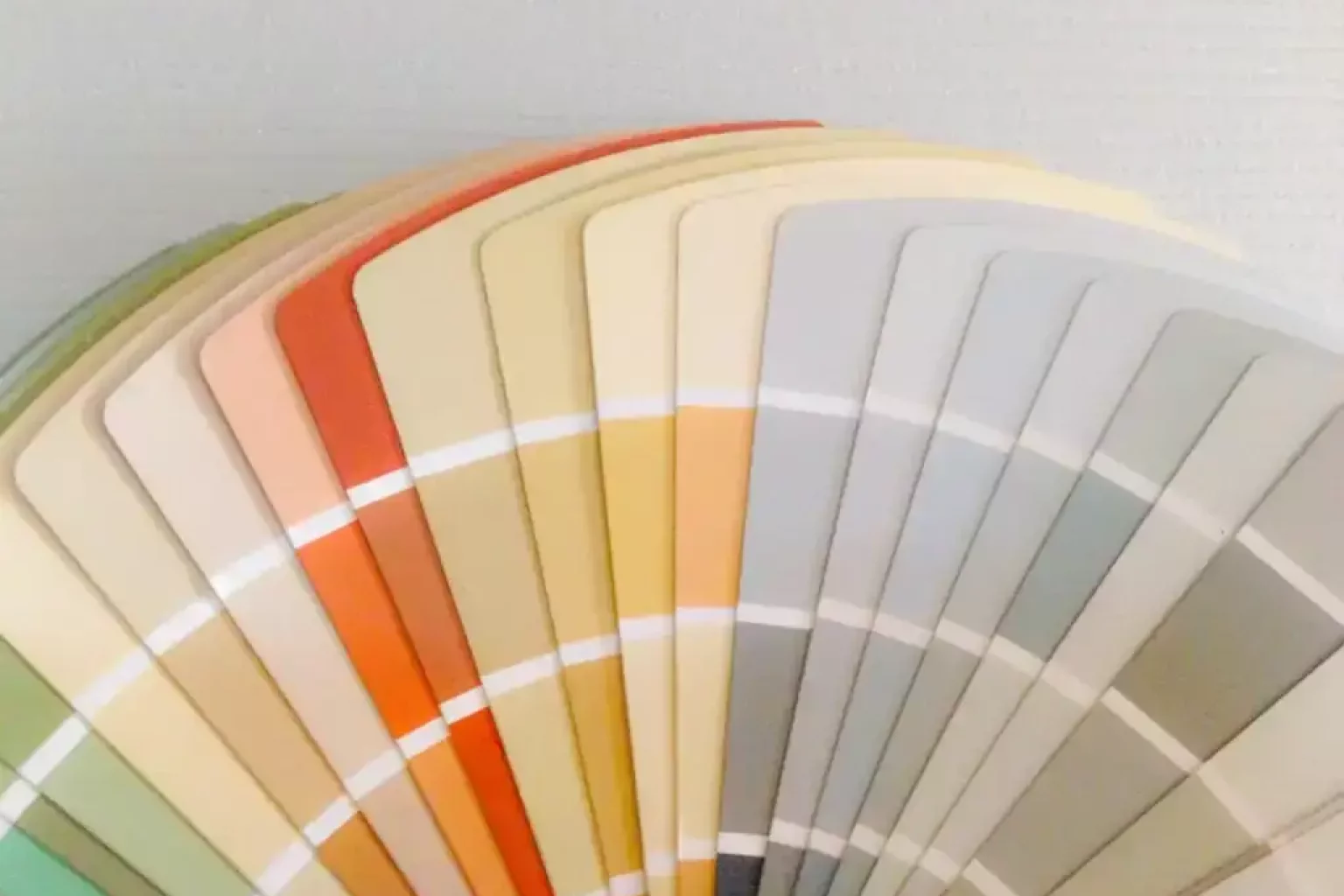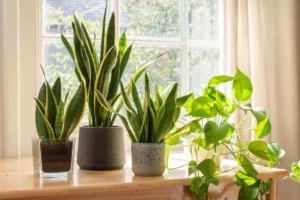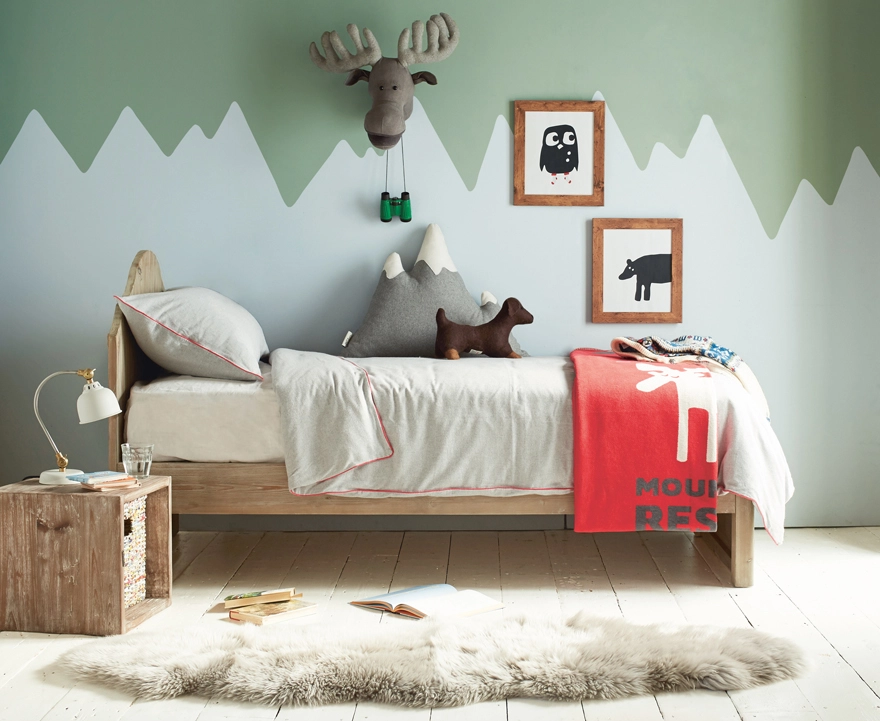When it comes to decorating your home, the colors you choose can have a significant impact on your mood and the overall ambiance of your living space. In fact, color psychology plays a crucial role in home interior design, influencing everything from the furniture and accessories you select to the wall colors you paint.
Color Psychology and Home Furnishings: Choosing Colors for Home Interiors
One of the first things to consider when using color to enhance your home’s ambiance is the role that it plays in your home furnishings. Color psychology experts suggest that warm colors, such as reds, oranges, and yellows, tend to stimulate the senses and increase energy levels, making them a great choice for social spaces like living rooms and dining rooms. In contrast, cool colors, such as blues, greens, and purples, are thought to be more calming and soothing, making them ideal for spaces like bedrooms and bathrooms where relaxation is key.
Of course, when selecting colors for your home interiors, it’s important to keep your personal preferences in mind. If you’re drawn to bold, bright colors, then you might consider incorporating them into your home design in small doses, such as in throw pillows or accent pieces. Alternatively, if you prefer a more understated look, then neutral colors like beige, gray, and white can create a calm, serene environment that’s perfect for unwinding after a long day.
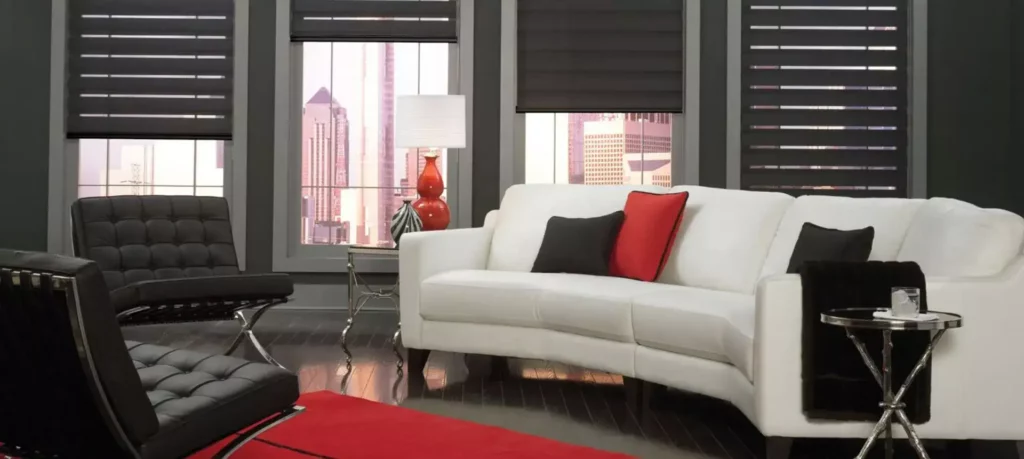
Mood-Enhancing Colors for Home Decorating
Once you’ve identified your preferred color palette, the next step is to develop a color scheme that complements your home’s existing décor. When creating a color scheme, it’s essential to consider how different colors work together and how they can affect your mood.
One popular color scheme is the monochromatic approach, which involves using different shades and tints of a single color throughout a room. This can create a cohesive, calming environment that’s perfect for bedrooms and bathrooms.
Another option is the complementary color scheme, which involves using colors that are opposite each other on the color wheel, such as blue and orange or green and red. This approach can create a vibrant, energetic atmosphere that’s well-suited for living rooms and other social spaces.
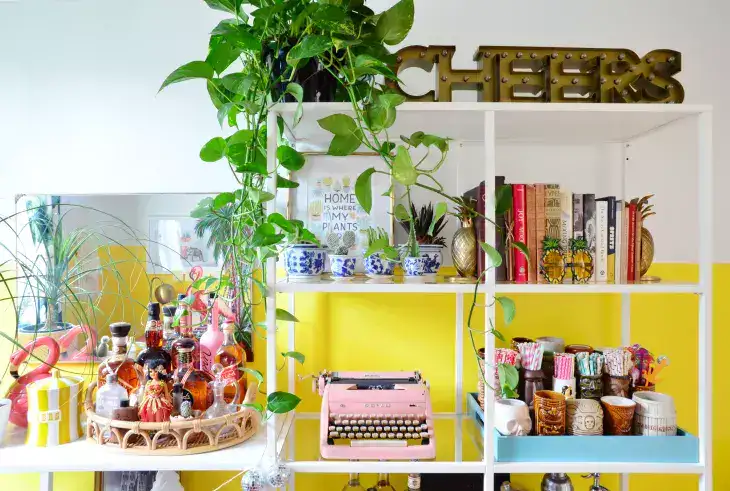
The Psychology of Light and Color in Home Decor
In addition to the colors you choose for your home décor, it’s also important to consider the role that lighting plays in creating a peaceful home environment. Natural light is ideal for enhancing your mood and creating a sense of calm, while harsh, artificial lighting can have the opposite effect.
To maximize the impact of natural light, consider using light, neutral colors like white or beige on your walls and floors. These colors reflect light and create a bright, airy environment that’s perfect for relaxation. Alternatively, you can also use soft, warm lighting to create a cozy atmosphere in rooms like the bedroom or living room.
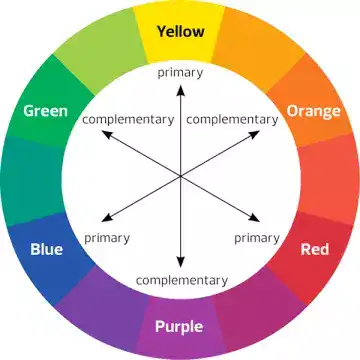
Decorating with Complementary Colors
Another way to use color to enhance your home’s ambiance is by incorporating color contrast into your home design. For example, you can use complementary colors to create a visually striking focal point in a room. This might involve using a blue accent wall in a room with orange furniture, or incorporating red and green accents into a room with predominantly white or beige décor.
The Psychology of Paint Colors
When selecting paint colors for your home decor, it’s important to keep in mind the impact that different colors can have on your mood. In the bedroom, for example, soothing colors like blues and greens can help promote relaxation and restful sleep. In the living room, on the other hand, warm colors like reds and yellows can create an energetic, social atmosphere that’s perfect for entertaining guests.
It’s also important to consider the amount of natural light that enters each room, as this can affect how the paint color appears. For example, a room with lots of natural light may appear brighter and more vibrant, while a room with limited natural light may benefit from a lighter, softer paint color to create a sense of brightness.
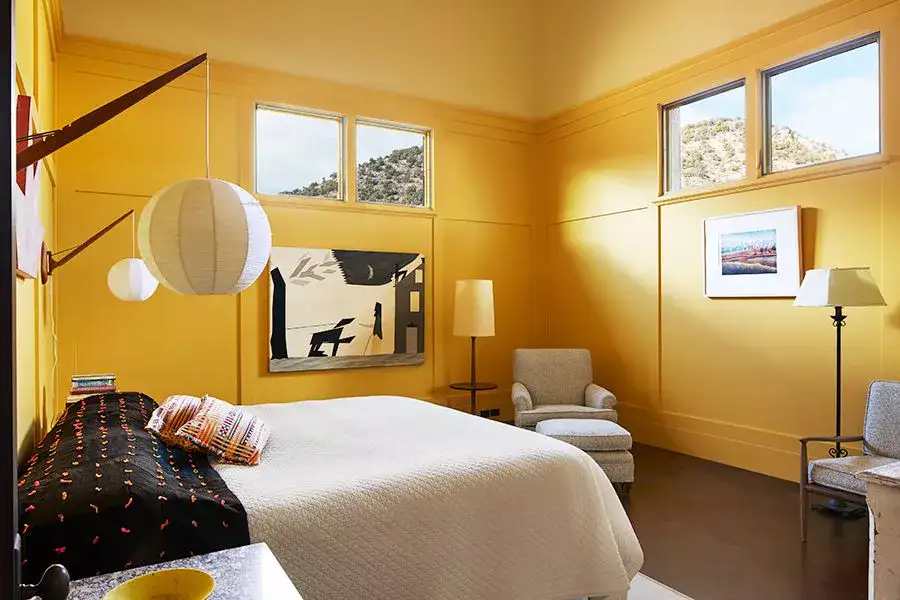
The Role of Color Temperature in Home Decorating
If you’re working from home, color psychology can also play a role in promoting productivity and focus. In general, cool colors like blues and greens promote concentration and mental clarity, making them a good choice for a home office environment.
However, it’s also important to consider the color temperature of the lighting in your home office. Cool white or blue lighting can help promote productivity, while warmer lighting can create a more relaxed, comfortable environment that’s better suited for tasks like reading or brainstorming.
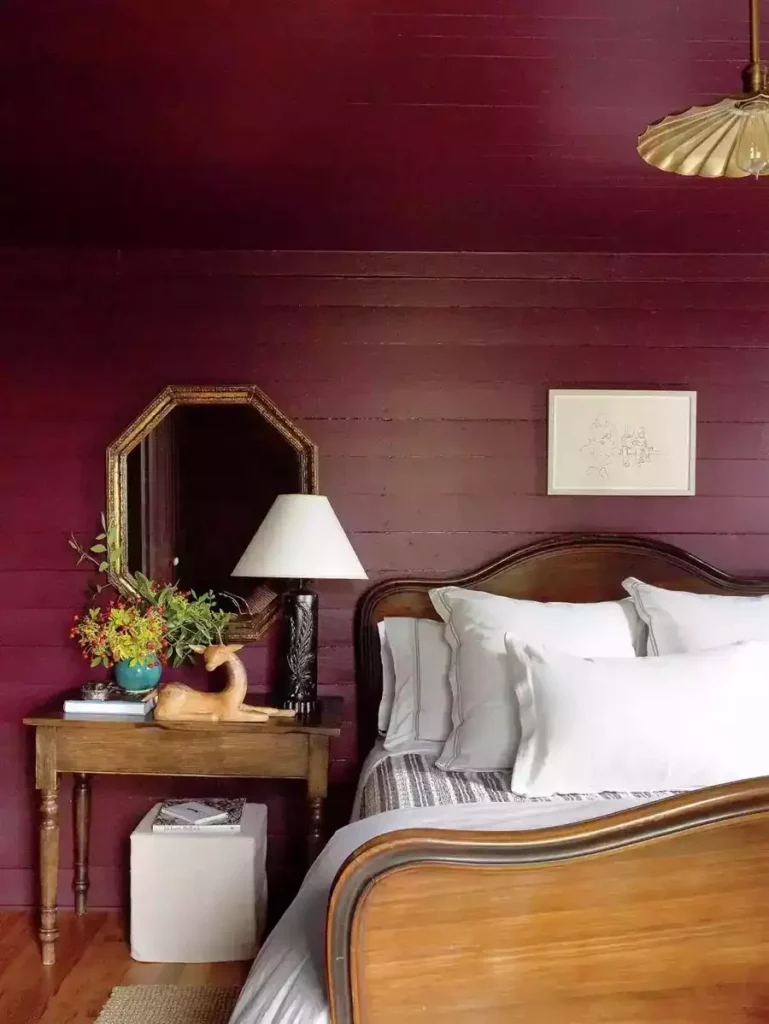
Decorating with Warm Colors vs Cool Colors
Finally, when incorporating color into your home decor, it’s important to consider the role that accent colors can play in creating a cohesive, harmonious environment. Accent colors can help tie together different elements of your home decor, from furniture and accessories to paint colors and fabrics.
Warm accent colors like reds, oranges, and yellows can add energy and excitement to a room. Cool accent colors like blues and greens, on the other hand, can create a sense of calm and relaxation. When using accent colors, it’s important to strike a balance between bold, attention-grabbing hues and more subdued, understated shades.
Conclusion
In conclusion, the psychology of home decorating and color psychology can play a crucial role in creating a home environment that’s both visually appealing and emotionally satisfying. By carefully selecting colors that complement your personal preferences and create the desired mood and atmosphere, you can transform your living space into a haven of comfort and relaxation. Whether you’re looking to promote restful sleep in the bedroom, create a vibrant social atmosphere in the living room, or boost productivity in your home office, color psychology offers a powerful tool for achieving your home decorating goals!


